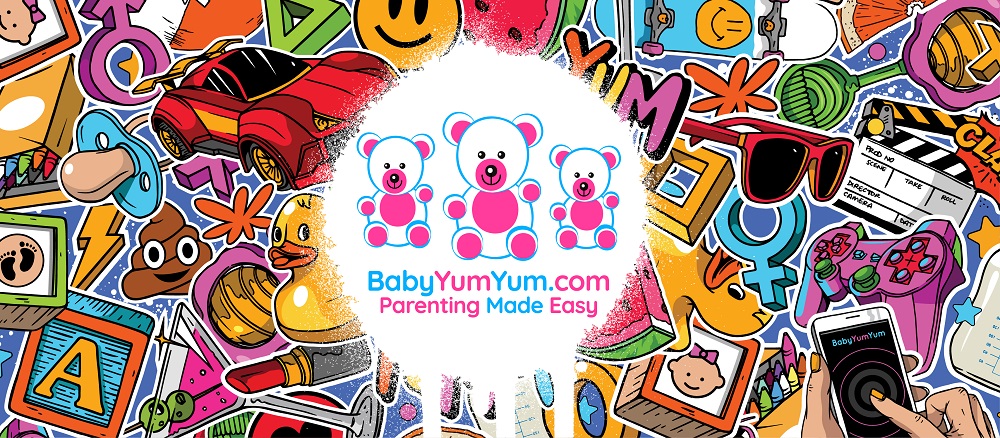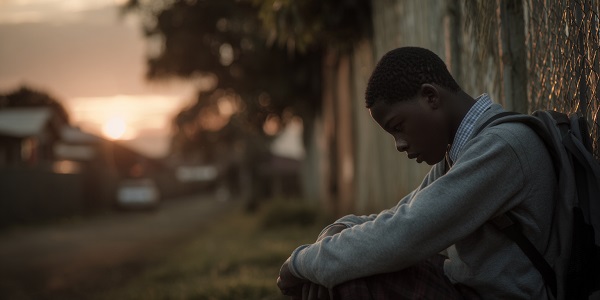The alarming rise in suicide rates has now made it the third leading cause of death in teens, a reality that parents and communities cannot ignore. This trend highlights the urgent need to understand mental health challenges, recognise warning signs, and provide timely support. Being informed can make a significant difference in protecting young lives. Families, schools, and community organisations all play a role in prevention, from fostering open conversations to providing access to professional help. Awareness and proactive support are key to reducing these tragic statistics.
Adolescent mental health is a global concern, and recent data has made it painfully clear that suicide is now the third leading cause of death among 15–29-year-olds worldwide.
According to the World Health Organization (WHO, 2025), mental health disorders affect one in seven adolescents aged 10–19, a statistic that underscores the urgent need for intervention and support. South Africa, in particular, faces unique challenges with rising adolescent suicide rates, exacerbated by socioeconomic pressures, exposure to violence and limited access to mental health services.
Understanding this crisis requires a look at the causes, risk factors, warning signs and practical prevention strategies that can save lives.
The Global Picture: Mental Health and Suicide
Globally, suicide claims the lives of more than 720,000 people every year, with young people disproportionately affected. Adolescence is a period of rapid physical, emotional and cognitive development, making teenagers vulnerable to mental health challenges such as depression, anxiety, and substance abuse.
The WHO emphasises that mental disorders often go undiagnosed in adolescents, partly because symptoms may be mistaken for normal teenage behaviour. Early identification and treatment of mental health conditions are critical to reducing suicide risk (WHO, 2025).
In addition to mental disorders, social factors play a significant role. Bullying, social isolation, family conflict, academic pressure and trauma can all contribute to a young person feeling hopeless or trapped. Interventions that strengthen social support, family relationships and school environments are highly effective in mitigating risk (WHO, 2025).
South Africa’s Context: A Growing Concern
In South Africa, adolescent suicide is increasingly recognised as a public health concern. Data from the South African Depression and Anxiety Group (SADAG, 2025) indicates that suicide rates are rising among teenagers, particularly in urban areas and townships where exposure to violence, poverty and substance abuse is high.
A study published in the South African Journal of Psychology highlights that South African adolescents face unique stressors, including community violence, school pressure, and socioeconomic instability, all of which increase vulnerability to mental health challenges and suicidal behaviour.
Alarmingly, mental health resources are limited in many communities. While SADAG provides a 24/7 crisis line and counselling services, many adolescents lack access to trained mental health professionals or school-based interventions.
Risk Factors and Warning Signs
Understanding the risk factors and warning signs of adolescent suicide is essential for parents, teachers, and communities. Common risk factors include:
- Mental health disorders: Depression, anxiety, and bipolar disorder are strongly linked to suicidal ideation.
- Substance use: Alcohol and drug abuse can exacerbate impulsivity and hopelessness.
- Trauma and abuse: Exposure to violence, neglect, or bullying increases risk.
- Social isolation: Lack of supportive friendships or family relationships.
- Access to lethal means: Easy access to firearms, medications, or pesticides can increase suicide attempts.
Warning signs may include:
- Talking about death or wanting to die.
- Withdrawing from friends, family, or usual activities.
- Drastic changes in behaviour, mood, or academic performance.
- Self-harm or risky behaviour.
- Giving away possessions or saying goodbye unexpectedly.
Early recognition of these signs and timely intervention can prevent tragedies. Schools, families, and communities must be educated to respond appropriately.
| Aspect | Global | South Africa |
|---|---|---|
| Leading Cause of Death (15–29 years) | Third, after accidents and violence | Third, rising among adolescents in urban and township areas |
| Prevalence of Mental Disorders (10–19 years) | 1 in 7 adolescents | 1 in 7 adolescents, with higher rates in communities affected by violence and poverty |
| Key Risk Factors | Depression, anxiety, trauma, social isolation, substance use | Depression, anxiety, trauma, bullying, community violence, socioeconomic instability |
| Common Warning Signs | Talking about death, withdrawal, drastic mood changes, risky behaviour | Talking about death, withdrawal, sudden behavioural changes, giving away possessions |
| Prevention Strategies | Mental health services, parental engagement, education, means restriction, therapy | School counselling, community support, parental involvement, hotlines, safe access to lethal items |
| Access to Support Services | Varies by country, mostly via clinics, schools, and NGOs | Limited in many areas, but 24/7 crisis hotlines available through organisations like SADAG and Childline |
| Social Influences | Peer relationships, family support, school environment, media exposure | Peer relationships, family support, school safety, community violence, socioeconomic conditions |
Prevention Strategies: What Works
Preventing adolescent suicide requires a multi-layered approach. Strategies that are effective globally and in South Africa include:
- Strengthening Mental Health Services
Providing adolescents with access to school-based counselling, mental health screenings, and community clinics can make a significant difference. Evidence shows that early intervention reduces the likelihood of suicide. - Parental and Community Engagement
Open communication within families, mentorship programmes, and community support groups helps adolescents feel understood and supported. Encouraging young people to speak about their feelings can reduce isolation. - Education and Awareness
Schools should implement mental health education programmes, training staff and students to recognise warning signs and seek help. Awareness campaigns can also destigmatise mental health challenges.. - Means Restriction
Restricting access to firearms, medications, and pesticides has been proven to lower suicide rates. Families should be encouraged to safely store potentially lethal items. - National Support Services
In South Africa, organisations like SADAG and Childline provide critical hotlines: SADAG 24/7 Crisis Line: 0800 567 567 OR Childline: 0800 055 555 - Strengthening Social Connections
Strong relationships with peers, family, and mentors act as protective factors. Community programmes and extracurricular activities foster resilience. - Professional Treatment
Adolescents diagnosed with mental health disorders should receive evidence-based therapy and, when necessary, medication under professional supervision. Cognitive-behavioural therapy (CBT) and interpersonal therapy are among the most effective interventions.
Addressing the Crisis
Globally and in South Africa, adolescent suicide cannot be ignored. Governments, schools, families, and healthcare systems must collaborate to implement comprehensive mental health strategies. Policies should focus on early identification, accessible support, destigmatisation and means restriction.
With one in seven adolescents experiencing a mental disorder (WHO, 2025), there is a real need for targeted interventions. Evidence shows that early intervention, family support and community engagement are critical in reducing suicide risk.
South Africa has the potential to make significant strides if mental health resources are expanded, awareness campaigns are prioritised, and adolescents are given a voice in shaping their support systems. Every life saved counts and proactive measures today can prevent heartbreak tomorrow.
References
- World Health Organization. Suicide. WHO, 2025. https://www.who.int/news-room/fact-sheets/detail/suicide
- South African Depression and Anxiety Group (SADAG). Adolescent Mental Health & Suicide Prevention, 2025. https://www.sadag.org/
- Van Heerden, A., et al. “Adolescent Mental Health and Suicide Risk in South Africa.” South African Journal of Psychology, 2025. https://journals.sagepub.com/home/sap
- Childline South Africa. Services & Crisis Line. 2025. https://www.childlinesa.org.za/
- World Health Organization. Mental Health of Adolescents. WHO, 2025. https://www.who.int/news-room/fact-sheets/detail/adolescent-mental-health
You may also like
How to raise resilient kids
BBY’s CEO, Amanda Rogaly chatted to expert psychologist, Naomi Holdt, about her book, Bounce: How to raise resilient kids and teens and gleaned lots of …










